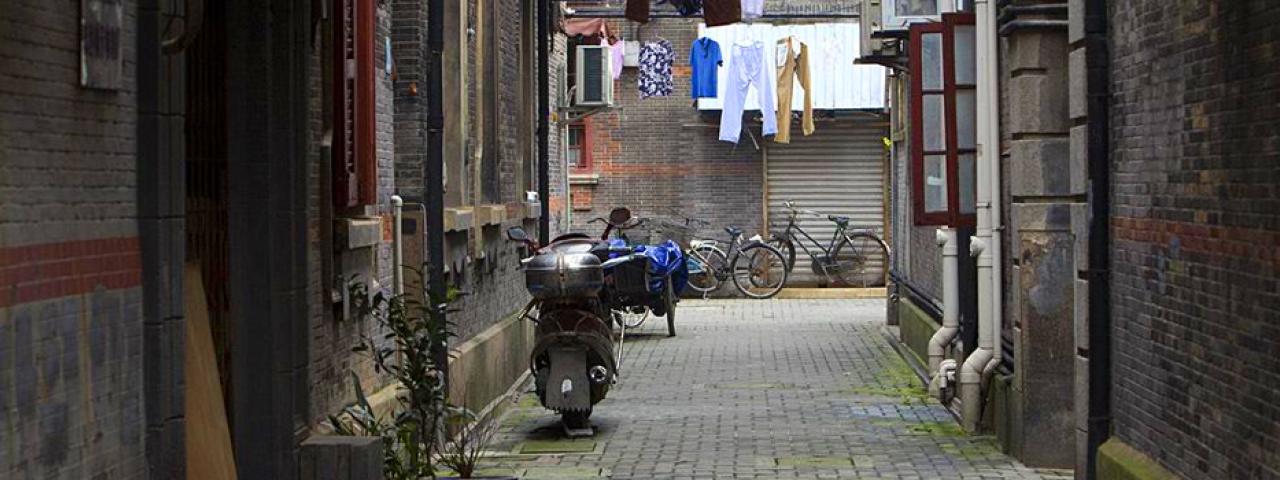
“If you want to understand China and Shanghai, you have to read fiction,” says Lena Scheen, professor of Global China Studies and author of the monograph Shanghai Literary Imaginings: A City in Transformation. “Fiction can teach us a lot about society, culture and the person who wrote it, which you won’t find in an academic text.”
Professor Scheen’s course, Shanghai Stories, uses literature to examine the history and evolution of Shanghai through the eyes of modern writers, from the treaty port era to the drastic urban change of the 90s. Students read 2-3 different Shanghai fiction writers each week. “In total, it’s about three full novels and a lot of short stories.”
Into the City
Scheen uses Shanghai as a classroom to literally walk students through the city’s past. “Every single week, they have to go to a location that’s mentioned in the stories they’re reading--it gets them out into the city and makes them read the text in a different way.”
“If you actually walk along the routes being written about, you place yourself in the story. You’re where the characters were, seeing what they might have seen, or seeing how a place has changed,” Scheen explains.
“Not only does it reveal Shanghai’s urban development, but it helps students connect the writers’ reflections with the space they are living in. It’s a very intimate experience.”
Beyond the essay
Fittingly for a course about fiction, Scheen assigns students with producing a creative work of their own. “I want to teach students that an academic analysis of a text can come in forms beyond the standard academic paper.”
“We have students from different linguistic and cultural backgrounds, and for some, this creates a space in which they can express themselves much better than in a traditional academic paper.”
“I always enjoy grading these assignments,” says Scheen, who has seen students write theater scenes, draw a graphic novel, and even compose a modern jazz dance piece.
Students Johnny Londres, Tianrui Zhang and Hailing Xu were inspired to create this film for their Shanghai Stories class after reading a detective story from the 1930s by popular writer Cheng Xiaoqing. "Chen wrote a gripping story called “On The Huangpu”, but we felt there was a huge ‘hole’ in it," said Londres. "The protagonists are responsible for the death of a nine-year-old boy but they quickly brush it off as an ends-justifies-the-means situation. So we wanted to tell the story of that kid."
The unexpected
Occasionally Scheen gets an email from a student telling her they got lost trying to find locations in the texts, but ended up interacting with people they never would have met otherwise, from local residents to curious security guards.
“It’s about getting out of the bubble we are living in to explore new places. And sometimes that means encountering the unexpected.”
Find out More:
Course Name: Shanghai Stories HUMN-SHU 366(266)
Credits: 4
Prerequisite: No
Counts Towards Majors in: Humanities, Global China Studies, Core Course "Chinese Arts"


